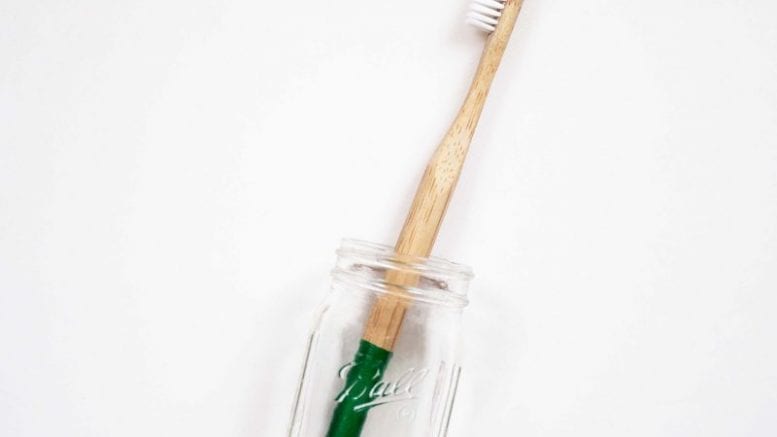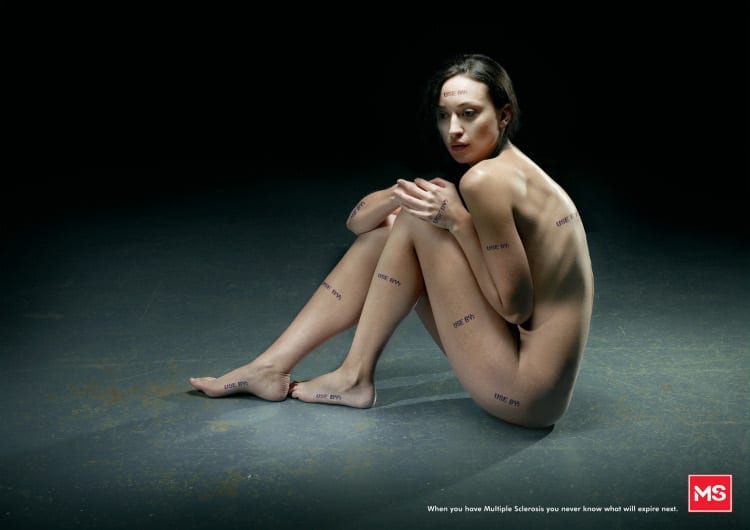Early forms of toothbrushes have existed for about 5,000 years. With the help of modern technology, brushing your teeth does not have to be prehistoric anymore.
Early civilizations used to brush their teeth with a “chew stick” which was a thin twig with a frayed end to rub against the teeth. Centuries later people used to carve a handle out of bone, wood, or ivory and attach stiff bristles made out of animal hair such as boar or hog. The nylon-bristled toothbrush was invented in 1938.
These days, there are many options for brushing your teeth. There are manual and electric toothbrushes. When used correctly, it does not matter which toothbrush is used. If a manual toothbrush is found difficult to use, the electric might be a better alternative. Children may also find it fun to use. Look at the size and shape of the toothbrush. It should comfortably fit your hand and mouth, allowing to reach all areas easily. It is recommended to brush at least two times per day for 2 minutes each time to help prevent against tooth decay.
When shopping for a toothbrush, you can look for the American Dental Association Seal of Acceptance. With the seal, the toothbrush has been evaluated by an independent body of scientific experts for safety and effectiveness according to objective guidelines. The company must show that all the parts of the toothbrush are safe to use in the mouth. The bristles are free of sharp edges and endpoints and won’t fall out from regular use. The handle is also tested for durability when using frequently. The electric toothbrush must show that the product is safe for both soft and hard oral tissues.
To keep your toothbrush clean, rinse it with water after brushing to remove remaining toothpaste and debris. Store the toothbrush in an upright position allowing it to air dry. Keep all toothbrushes separated if storing in the same area. Don’t cover toothbrushes for too long or keep them in a storage container. Moist, dark environments attract bacteria and allow them to grow. Replace your toothbrush every 3 to 4 months or when the bristles become frayed. They will not clean effectively if they are worn. Ask your dentist if you have any questions or need recommendations for a toothbrush.





Leave a comment